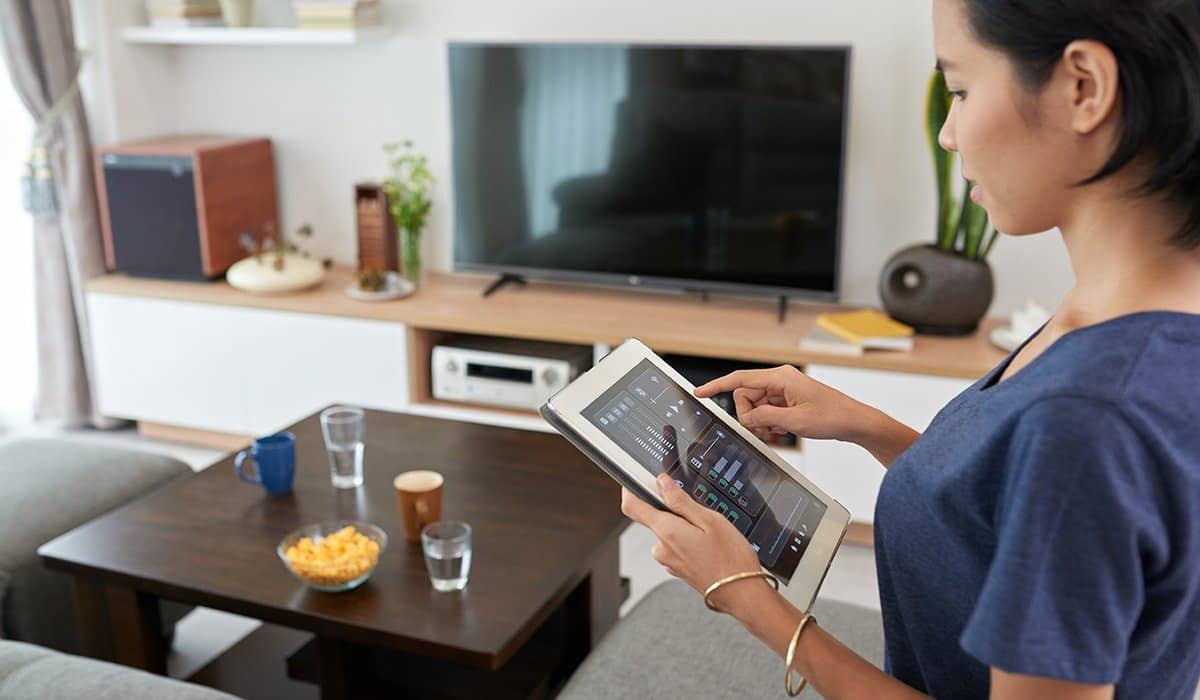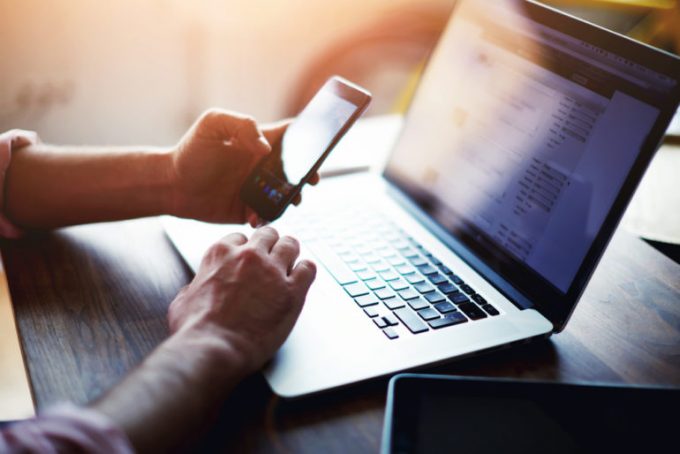
The technological paradigm is now being shifted in modern society. Information technologies, which defined the image and core of the 20th century, are giving way to SMART technologies, allowing countries around the world to develop in new ways.
Technology is a powerful tool that can support and improve education in various ways, from making it easier for teachers to generate instructional materials to allow students to learn and engage in new ways.
For one thing, new technologies have gradually improved educational opportunities and learning services. Books were rare in mediaeval times, and educational opportunities were limited. Individuals had to travel to educational institutions to get an education.
The Internet now provides access to vast amounts of material (books, audio, visuals, and videos) and formal learning opportunities.
They are available at the fingertips of students. Students can get help from the Dissertation Writing Service from UK-based experts online now; intelligent technology makes these things possible.
Smart gadgets and the Internet made it easier to access information resources and reduce the time to get the information (Al Hamad et al., 2020)
Technology has also increased communication and collaboration opportunities.
By creating regional school centres, we will be able to modernize teaching methods and actively promote online education systems. The development of a Smart society has become a global trend.
In the Age of Smart Technologies, the Use of Gadgets in Education
intelligent technologies are used in education to provide knowledge to students using various gadgets (smartphones, tablets, smartboards, and other similar devices) and a tool for creating an integrated innovative virtual learning environment.
With SMART technology, gadgets can help students better learn and understand any subject, give mobility, and assist in the adaptation of new teaching methods. It’s hard to imagine a classroom today without computers, smartboards, or accessibility to the Internet.
Table of Contents
Smart Gadget:
Here are some intelligent gadgets to improve the education system in this era.
1- SmartBoard
The extensive range of “smartboards” used in classrooms is a step beyond interactive projectors.
Some smartboards work like a whiteboard, allowing users to use natural or digital markers to write on them. Smartboards then go above and beyond their whiteboard predecessors by recording what is written or transforming a digital marker line into a visible visual feature.
2- Tablets, Smartphones, and laptops
A tablet is a mobile computer with a screen diagonal of 10 inches or larger. A touch screen is used to control the Internet tablet, and interaction is done with fingers rather than a physical keyboard and mouse.
A smartphone is a mobile phone that also has the capabilities of a pocket computer. In developed countries, computers or tablets in the classroom is
every day.
Students have used computers for more than a century to take notes in class. Tablets and phones are even more portable than laptops and offer the same functionality.
These devices have become more valuable and prominent in the classroom during the last few years. These gadgets are handy in classes where teachers have tried “flipped classrooms,” a teaching method in which students watch recordings of lectures outside of class and complete tasks in class.
Laptops, smartphones, and tablets relate to the Internet and have become the most popular gadget. Students find more recourse via this, or if they have problems with how to write a dissertation or contact the service expert, so they can find the service through the Internet. For example, Where to Buy MBA Dissertation Online services in the UK.
Individual digital gadgets can also be networked together or connected to a classroom’s IT infrastructure to increase opportunities for collaboration.
3- Smart Table
For people of all ages, intelligent tables are reorienting information. These digital screens transfer information from the wall to the tables.
Leaders in the industry, such as SMART Technologies’ “SMART Table,” focus their innovation on making displays more durable than their wall-mounted counterparts and allowing for more simultaneous interactions.
Bright tables, unlike smartboards, have a layout that makes them more accessible to individuals of all ages and physical abilities.
4- Textbooks in digital format
As some schools reduce their dependency on costly physical textbooks, digital textbooks are becoming highly significant. Some schools are starting beyond simply converting their books to a new format.
At first, digital textbooks were simply old textbooks converted to digital format. Digital versions are increasingly resembling online databases or applications instead of their paper versions.
5- Improvements to the audio
The term “audio improvements” refers to tools that include everything from high-quality speakers to wireless microphones. Easy-to-wear microphones transmit an instructor’s speech to speakers in every classroom corner as part of a complete system. The speakers can also be linked to a multimedia presentation, or a student joining the class remotely through a webcam.
Each student can hear and absorb the information presented in a classroom with high-quality speakers strategically placed throughout the room.
These systems are becoming smarter every day. Students in different classroom locations can participate in activities without bothering others, thanks to directional sound speakers.
Students with hearing difficulties can adjust the volume levels of their area speakers. Lectures or discussions can also be quickly recorded (as videos or podcasts) for later viewing or sharing.

6- Camera
Almost every school in developed countries has a camera. They are frequently installed in school laptops, tablets, and desktops. For example, Microsoft’s Skype in the Classroom program provides a wide selection of educational experiences that may be accessible using these webcams.
Higher-quality cameras are integrated with projectors or smartboards in more advanced classrooms, allowing the entire class to participate in the experience.
Some classes have students record themselves doing an activity with cameras, then watch the video to see where they may improve. In addition, cameras – both still and video – are increasingly being used to create academic output rather than the more traditional methods.
Wrapping Words:
When it comes to humanities, gadgets will be just as valuable. Spell-checking simulators, dictionaries, language instructors, and similar tools fall into this category.
We can confidently say that this is a global tool for getting additional resources for understanding general school courses now that we know all the features of gadgets.
However, teachers who are capable of using these technologies to effectively teach their students are equally important and highly required (ER, 2021)
Students worldwide require the best, most up-to-date education to prepare for the future. And, to have a better lot, the world needs the best-prepared students.
Reference:
Al-Hamad, N.Q., Hamad, A.Q. & Al-Omari, F.A. Smart devices employment in teaching and learning: reality and challenges in Jordan universities. Smart Learn. Environ. 7, 5 (2020). https://doi.org/10.1186/s40561-020-0115-0
Easy research,2020. characteristics-of-teachers-who-effectively-use-technology. Online available at.
7 Characteristics Of Teachers Who Effectively Use Technology



